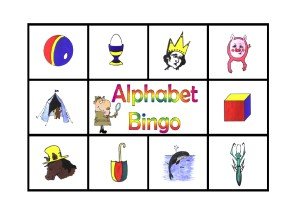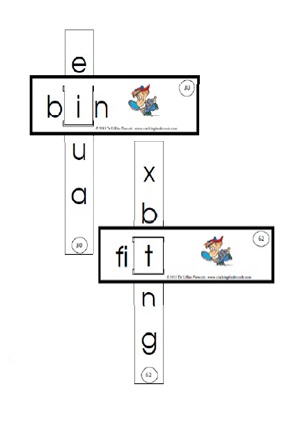Sample of the Oral Reading section: Cracking the ABC Code Multisensory Reading Program Level 1
The Oral Reading section has been developed to increase students’ ability to rapidly and accurately decode text.
- The sentences include vocabulary from the 10 list words. Using the same words provides additional practice in the learning and retention process of both the words and the common letter sounds, as well as further developing students’ understanding of the words by placing them in context.
- In addition, 1 to 3 high frequency words (based on the Dolch list) are introduced each unit and used throughout the sentences. The Dolch words and the vocabulary using the letters being learned or previously learned are the only words used in the passages and once introduced these words are continually revised. This ensures maximum success for students.
- Students are required to complete one oral reading exercise each day. The student reads the sentences first for accuracy and and then for fluency. The errors and times are recorded in the boxes to the side. Meeting time goals assists in the development of processing speed which results in increases in students’ ability to read fluently and accurately (see for example, Sukhram, 2008; Vadasy & Sanders, 2008, Lee 7 Yoon, 2015).
- After the time target is reached, students reread the sentences silently (without timing) to ensure there is full comprehension of the text.
- Effective reading requires understanding as well as decoding. Thus you are required to ask students two or three comprehension questions about the passage to assess their understanding. Students should be encouraged to refer back to the text to both find and justify their answer and to answer using full sentences (e.g., Question: What is the cat’s name? Answer: The cat’s name is Pat).
- In the final task students are required to identify whether the underlined word is a verb, noun, adverb, adjective, etc. and find meaningful substitute words (these words do not have to have the same meaning but just make sense from a grammatical perspective). This exercise is designed to develop students’ understanding of the grammatical structure of English.
References
Lee, J., & Yoon, S. (2015). The effects of repeated reading on reading fluency for students with reading disabilities; A meta-analysis. Journal of Learning Disability. 50 (2), 213 – 224.
Sukhram, D. (2008). The effects of oral repeated reading with and without corrective feedback on the fluency and comprehension of narrative and expository text for struggling readers. Ph.D., University of Illinois: Urbana-Champaign.
Vadasy, P., & Sanders, E. (2008). Benefits of repeated reading intervention for low-achieving fourth and fifth grade students, Remedial and Special Education, 29 (4) 235-250

Click on the images to purchase.

If you have any questions or need assistance, please send Lillian a message.













